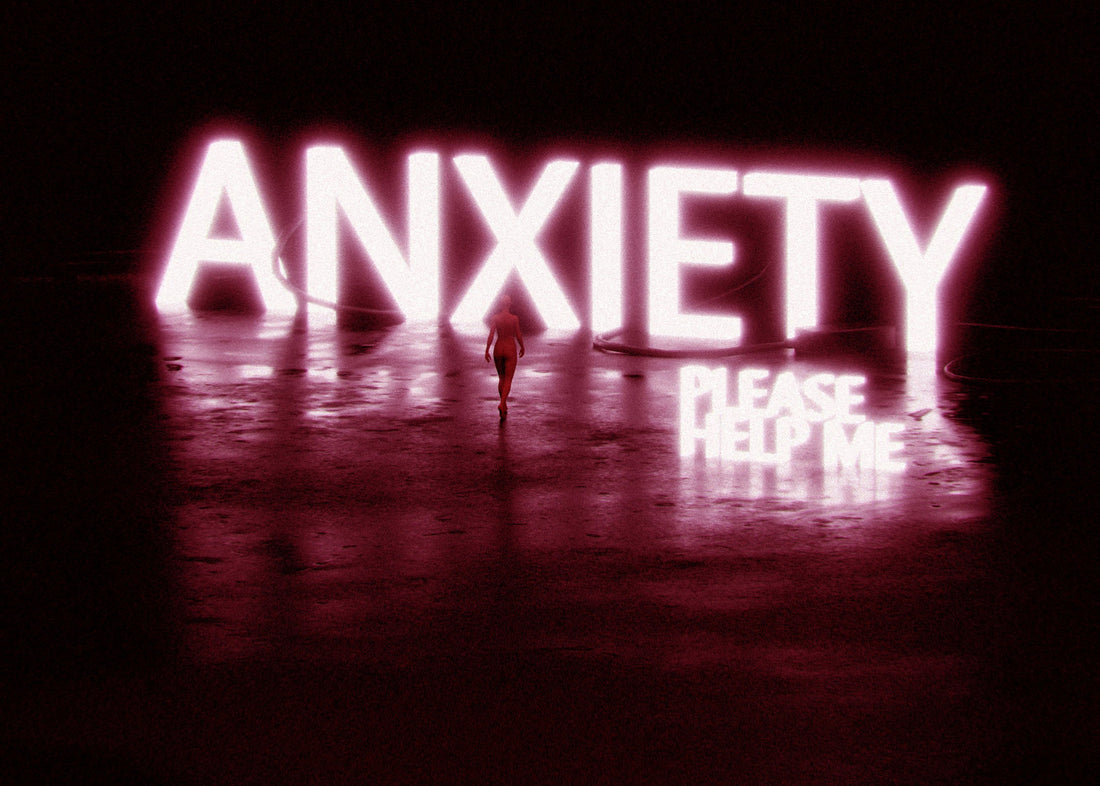
How Red Light Therapy Helps with Stress and Anxiety
Share
Red light therapy is gaining traction as a natural and non-invasive method to support mental wellbeing. While it’s commonly associated with skin health and muscle recovery, emerging research suggests that red light therapy may also help reduce stress and anxiety levels. But how does it work, and what can you expect from incorporating it into your wellness routine?
In this article, we explore how red light therapy can support your mental health, backed by science and tailored for those looking to enhance their resilience to stress.
What is Red Light Therapy?
Red light therapy (also known as low-level light therapy or photobiomodulation) involves exposing the body to specific wavelengths of red and near-infrared light. These wavelengths penetrate the skin and stimulate cellular function, particularly in the mitochondria — the "powerhouses" of your cells.
This process enhances energy production (ATP), reduces inflammation, and supports healing across various bodily systems — including the nervous system, which plays a key role in regulating stress and mood.
How Does Red Light Therapy Help with Stress?
1. Supports the Parasympathetic Nervous System
Red light therapy can help shift your body out of “fight-or-flight” mode (the sympathetic nervous system) and into “rest-and-digest” mode (the parasympathetic nervous system). This shift reduces cortisol levels — the primary stress hormone — helping your body return to a state of calm.
2. Enhances Sleep Quality
Poor sleep is both a cause and a symptom of chronic stress and anxiety. Studies have shown that red light therapy can help improve sleep quality by promoting natural melatonin production and improving circadian rhythm regulation. Better sleep leads to improved emotional resilience and reduced anxiety.
3. Boosts Mood and Mental Clarity
Red light therapy has been linked to increased production of endorphins and serotonin — neurotransmitters that help stabilise mood and promote a sense of wellbeing. Some users report feeling a sense of calm and mental clarity after regular sessions.
4. Reduces Inflammation in the Brain
Chronic inflammation is a contributing factor in many mental health disorders. Red and near-infrared light can penetrate deeply enough to reduce neuroinflammation, potentially improving symptoms of anxiety and depression.
Scientific Support
While more human studies are underway, early evidence is promising. For example:
-
A 2018 clinical trial published in Psychiatry Research found that transcranial photobiomodulation helped reduce symptoms of major depressive disorder and anxiety.
-
A 2022 study from Frontiers in Neuroscience noted improvements in sleep and stress regulation with near-infrared light treatment applied to the forehead.
How to Use Red Light Therapy for Stress and Anxiety
At Regen, we recommend starting with short, consistent sessions — around 10–20 minutes per day, 3–5 times per week. Focus on areas like the forehead, chest, or neck for nervous system support.
Is It Safe?
Yes, red light therapy is considered very safe when used as directed. It’s non-invasive, drug-free, and has minimal to no side effects. However, always follow manufacturer guidelines and consult your healthcare provider if you have any existing conditions or concerns.
Final Thoughts
Stress and anxiety are part of modern life, but your tools to manage them can be simple and effective. Red light therapy offers a natural, evidence-backed way to support mental balance, improve sleep, and enhance your overall sense of calm.
At Regen, we believe in helping you feel your best — mind, body, and spirit.
